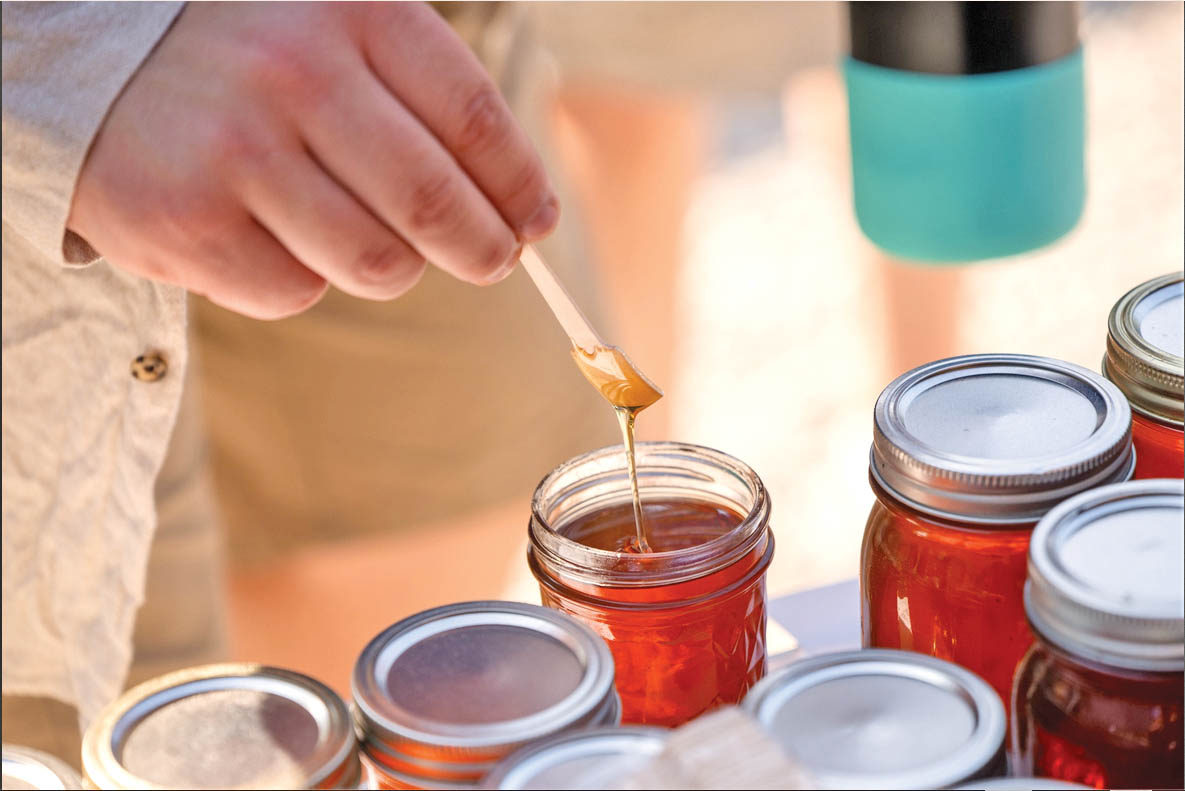‘Sad he’s going to go’: Green High School junior earns Grand Championship in market beef show at fair
Published 5:00 am Sunday, July 14, 2024

- Gunner Daniels earned the Grand Championship at the 2024 4-H and FFA market beef show held Wednesday night in the Large Animal Barn at the Lawrence County Fair. Daniels was also named the first-place winner in Class 4. (The Ironton Tribune | Terry L. Hapney, Jr.)
By Terry L. Hapney, Jr.
The Ironton Tribune
Eighteen entries in the 4-H and FFA market beef show held at 8 p.m. Wednesday night in the Large Animal Barn at the Lawrence County Fair ended with Green High School junior Gunner Daniels as the grand champion.
Daniels also took first place in Class 4. Reserve Grand Champion Kynslie Moore was the first-place winner in Class 2.
Daniels said he tried to spend as much time as possible with his animal—despite his work as a member of the Green High School marching band and other extracurricular activities.
“It’s hard for me, but I try to get there at least three times a week to wash him and work him,” he said. “I’m honestly really sad he’s going to go. I’ve spent so much time with him this year.”
Involved in the fair for eight years, Daniels is a member of the Over Yonder 4-H club and FFA. He said he was “honestly really shocked” when his entry was picked as grand champion.
“(The judge) kept looking at all those other steers,” Daniels said. “I was thinking I’m not going to win this thing. He’s not looking at me at all. Then I saw him walk over to me and I was just totally shocked.”
The competition, according to the judge’s comments to the crowd, was tough.
“There were a couple I liked better than mine, honestly,” Daniels said. “I was like, I’m not winning this. I just accepted it. As soon as he slapped my steer, I was shaking. I couldn’t even shake his hand for a minute because I was trying to wrap my mind around it.”
Drew Schmidt, fair board member and president of the livestock committee, said for the Lawrence County Fair, they tag in the beef animals in December.
“Different projects have different requirements of days they have to have them in their possession and care,” he said.
Those with entries in this year’s market beef show have had their animals since then, raising them all the way through.
“A lot of these cattle are shown at other shows from the time they’re feeder calves,” he said. “Some of these have been in the ring a lot. These calves are 12 to 18 months old for a market animal.”
According to Ohio Department of Agriculture rules, Schmidt said, any animal that gets grand and reserve—a market animal—has to go to slaughter.
“The way our fair works, we’re what’s called a partial terminal fair,” he said. “Beyond grand and reserve, the exhibitor can decide if they want to drop out of the sale or if they want to continue on through the sale.”
Schmidt said the ultimate goal is the market sale held Saturday morning of fair week.
“Businesses and individuals buy these animals,” he said. “They use them in their own homes, eat the meats. Or they can send it back to resale if they don’t want the product.”
The educational experience of it all, according to Schmidt, is the responsibility of taking care of the animals, seeing what the industry is looking for, what they can produce safely for people and make money in the process.
“A lot of these kids show all over the state,” Schmidt said. “What all that comes down to in the end is that sale—showing these kids our appreciation for the amount of work they’ve done, the learning they’ve done throughout the year.”
The benefits of entering the show include public speaking and interacting with people, Schmidt said.
“It’s a lot more than taking a calf to the fair,” he said. “It’s a big deal to be in 4-H.”





